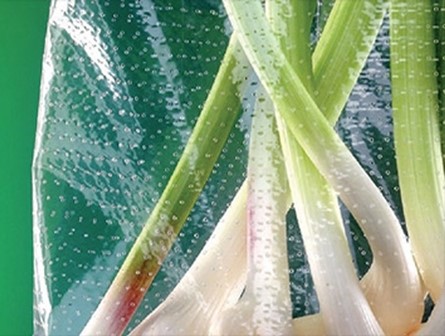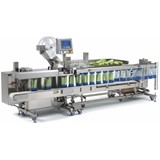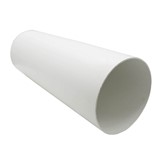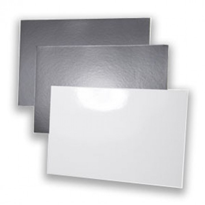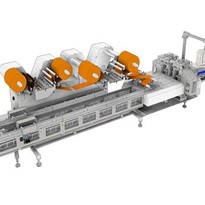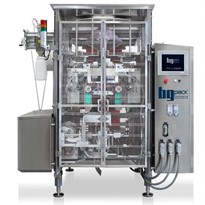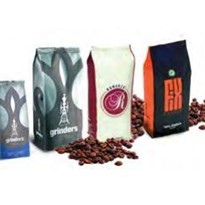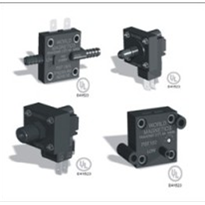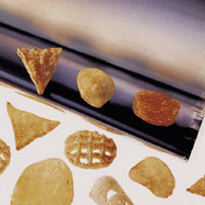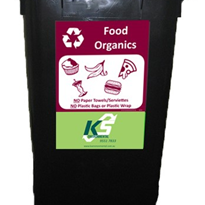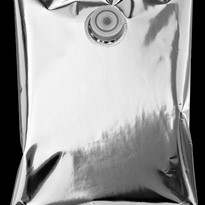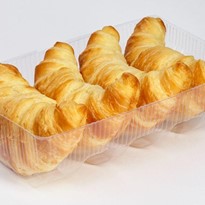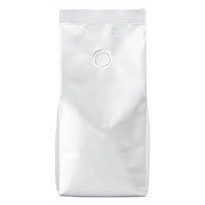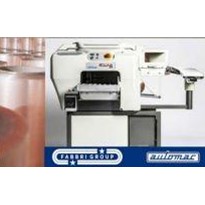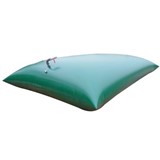Australia throws out $8 billion of edible food annually – and approx 33 per cent of this food was fresh.
The impacts of food waste are widespread. There is money lost, methane production in landfill and the wasted resources used to produce the food. However, there are many ways to address the problem – and in the case of the packaging industry, that means doing our part to extend the shelf life of food.
How can packaging mitigate food waste
There are many reasons food is thrown out and products going off (or at least seeming to) is a big contributor. A study from the USA-based Flexible Packaging Institute (FPI) claims that two-thirds of food waste is due to spoilage, with one-third due to oversupply.
The solution here is to extend the shelf life of the food we purchase. The FPI's research indicates that by moving to flexible packaging solutions, we can increase the shelf life of fresh produce from six or seven days to 19-20 days, and even 70 days in the case of grapes. This also applies to meat products, while the longevity of some cheeses could be expanded from 190 days to 280 through use of flexible packaging.
It's a new way of thinking about packaging – far from hindering sustainability, technological advancements in how we package food can help drastically reduce good waste across Australia.
How flexible packaging extends shelf life
The key to packaging for shelf life is breathability. Materials that allow some transfer of oxygen and carbon dioxide can reduce the build-up of gases and minimise the negative impacts of condensation on food quality. This is achieved – in most cases – through the use of laser perforation.
Mechanical perforation can create openings that are uneven and contain residue, and are generally not as reliable as laser perforation. Laser tech also cauterises the openings, ensuring high levels of hygiene at all times without compromising the strength or integrity of the punctured material.
By cleanly and efficiently perforating flexible packaging, vapour and residue are minimised, allowing food to stay on the shelf longer – ideally reducing food waste in the home.
Perforated flexible packaging in Australia
Laser perforation is yet to emerge as a dominant trend in Australia, but at Integrated Packaging we understand how important this technology will be for food waste. That's why we are currently investing in new equipment which will be capable of laser perforation, giving our customers access to flexible packaging that provides long life to a variety of produce.
Everyone needs to play their part in mitigating food waste. The Federal Department of Environment and Energy continues to work with the industry (largely through the Australian Packaging Covenant) to find new ways of improving sustainability in food packaging. Laser perforation technology is a prime example of innovation helping us all move forward.
By improving packaging design, producers and consumers can see huge end-of-use benefits. We're not quite there yet, but the technology is most certainly on the way.
For more information about flexible packaging or how it can improve the shelf life of produce, contact the team at Integrated Packaging.


